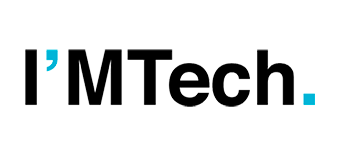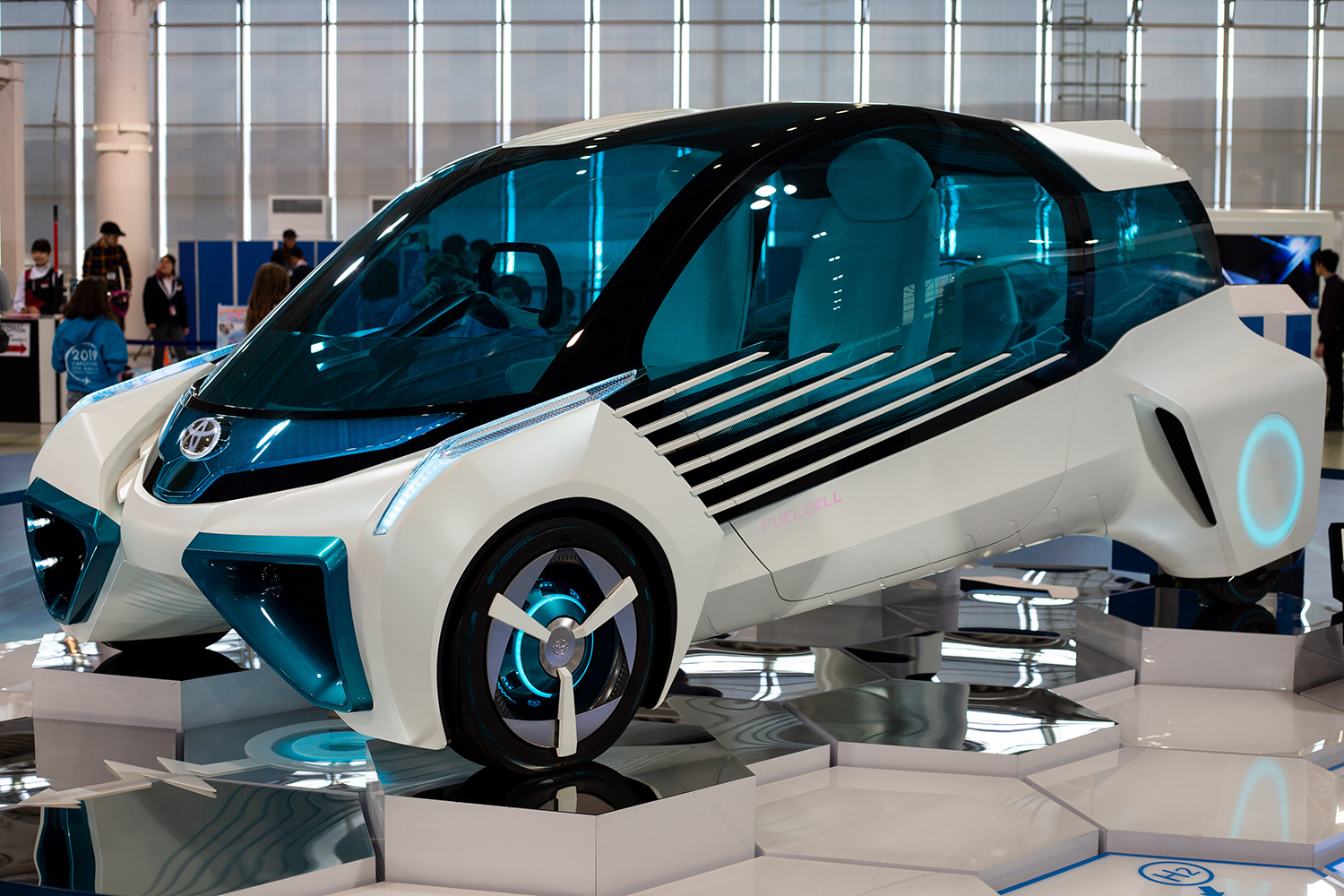
Carbon-free hydrogen: how to go from gray to green?
Energy, Energy & environment, In the News
The industrial roll-out of hydrogen production only makes sense if it emits little or no carbon dioxide. Researchers at IMT schools are working on various alternatives to the use of fossil fuels, such as electrolysis and photocatalysis of water,…
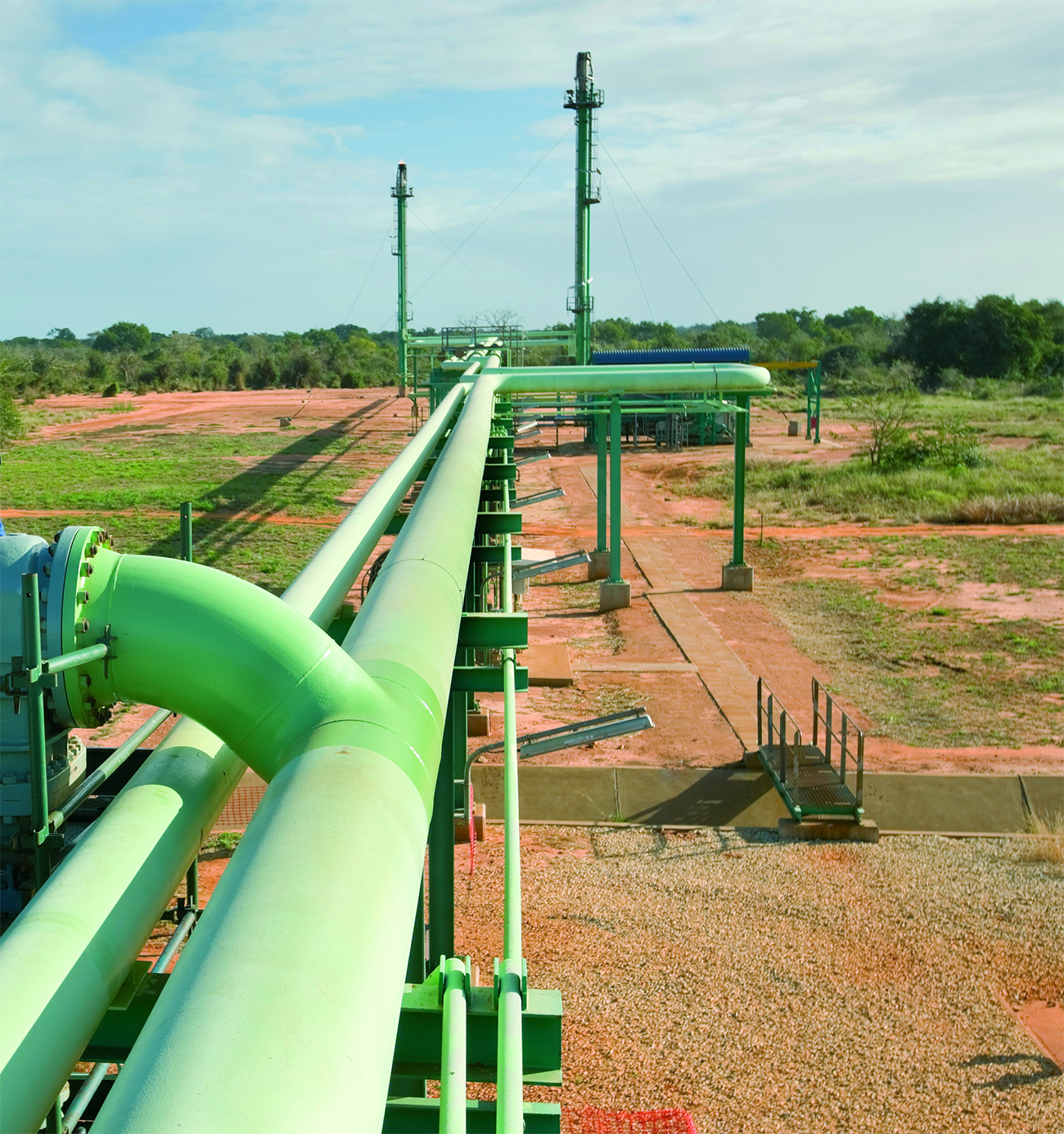
Hydrogen: transport and storage difficulties
Energy, Energy & environment, In the News
Does hydrogen hold the key to the great energy transition to come? France and other countries believe this to be the case, and have chosen to invest heavily in the sector. Such spending will be needed to solve the many issues raised by this…
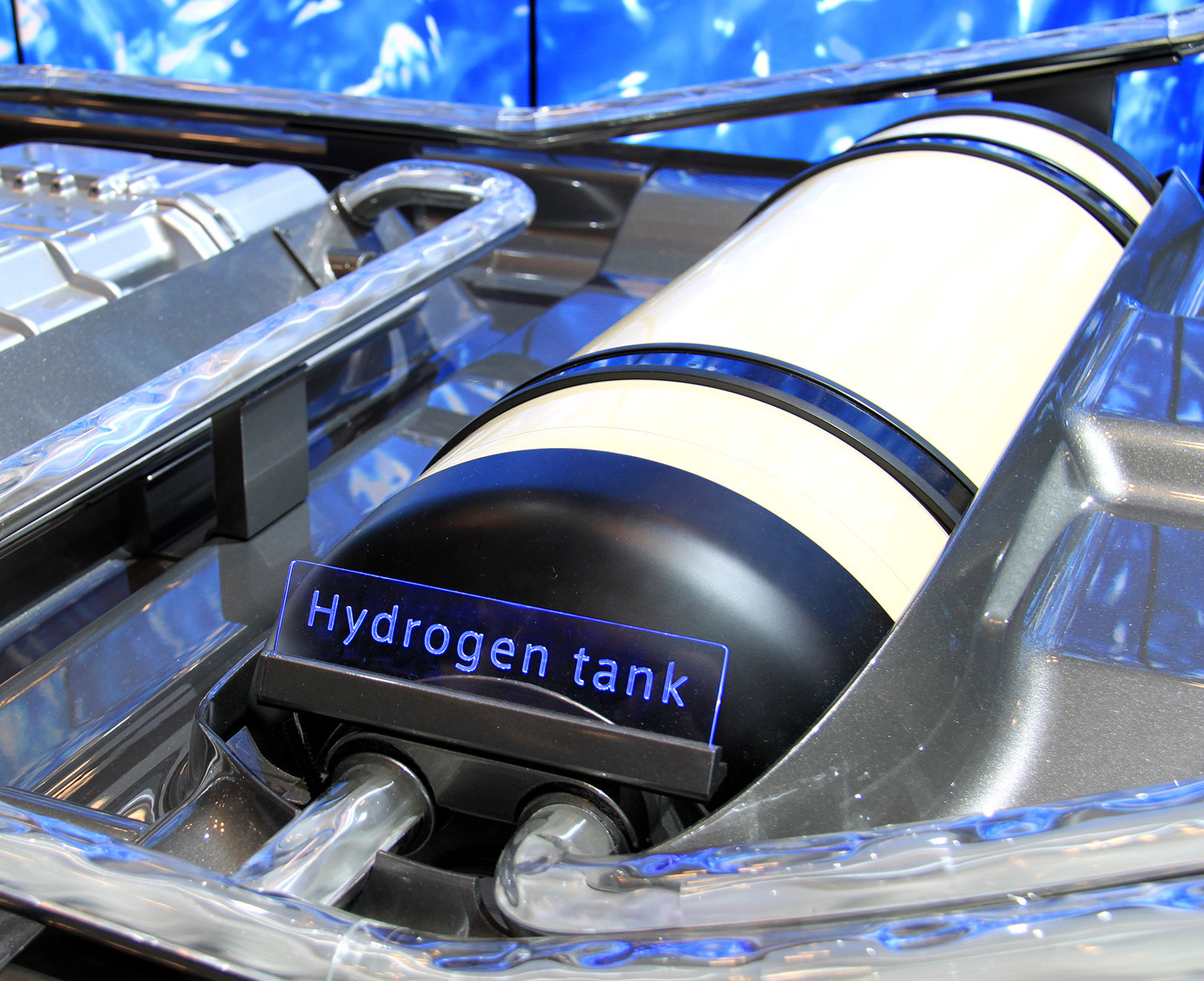
Fuel cells in the hydrogen age
Energy, Energy & environment, In the News
Hydrogen-powered fuel cells are recognized as a clean technology because they do not emit carbon dioxide. As part of the energy transition aimed at transforming our modes of energy consumption and production, the fuel cell therefore has a role…

Turning exhaust gases into electricity, an innovative prototype
Energy, Energy & environment, In the News
Jean-Paul Viricelle, a researcher in process engineering at Mines Saint-Étienne, has created a small high-temperature fuel cell composed of a single chamber. Placed at the exhaust outlet of the combustion process, this prototype could be used…
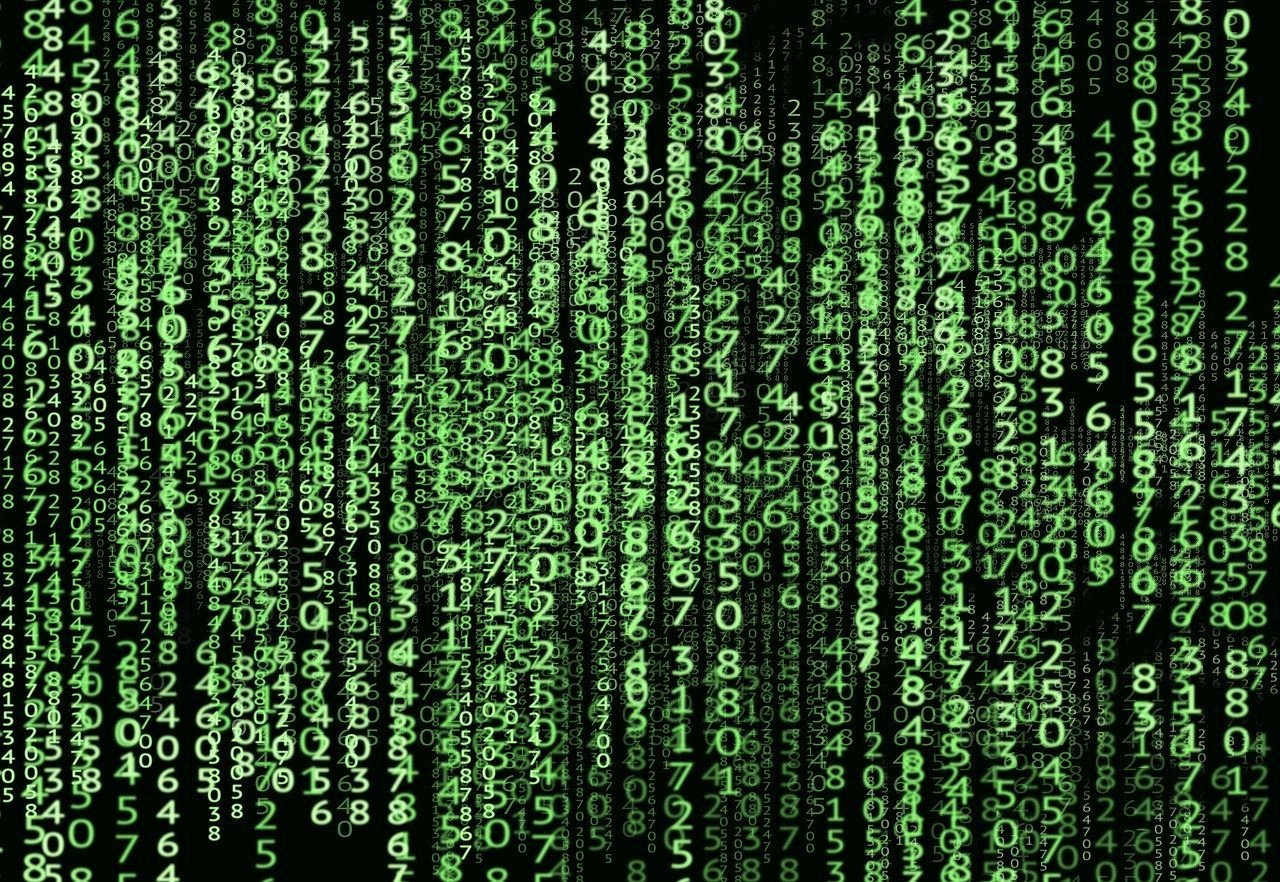
Digital technology, the gap in Europe’s Green Deal
Digital, Energy, Energy & environment, In the NewsFabrice Flipo, Institut Mines-Télécom Business School
[divider style="normal" top="20" bottom="20"]
[dropcap]D[/dropcap]espite the Paris Agreement, greenhouse gas emissions are currently at their highest. Further action must be taken…
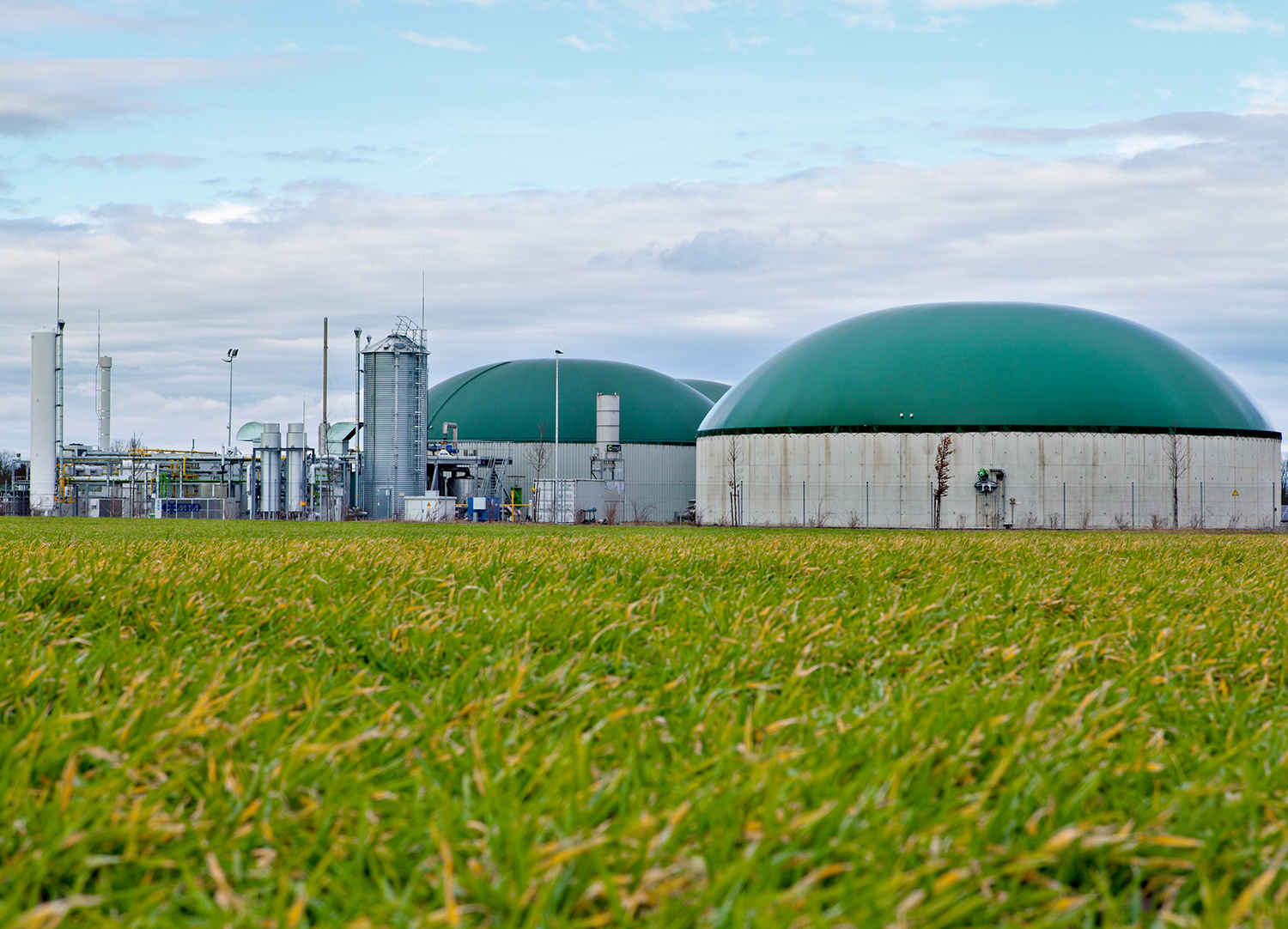
Datafarm: low-carbon energy for data centers
Digital, Energy, Energy & environment, In the News, Start-up-enThe start-up Datafarm proposes an energy solution for low-carbon digital technology. Within a circular economy system, it powers data centers with energy produced through methanization, by installing them directly on cattle farms.
When…
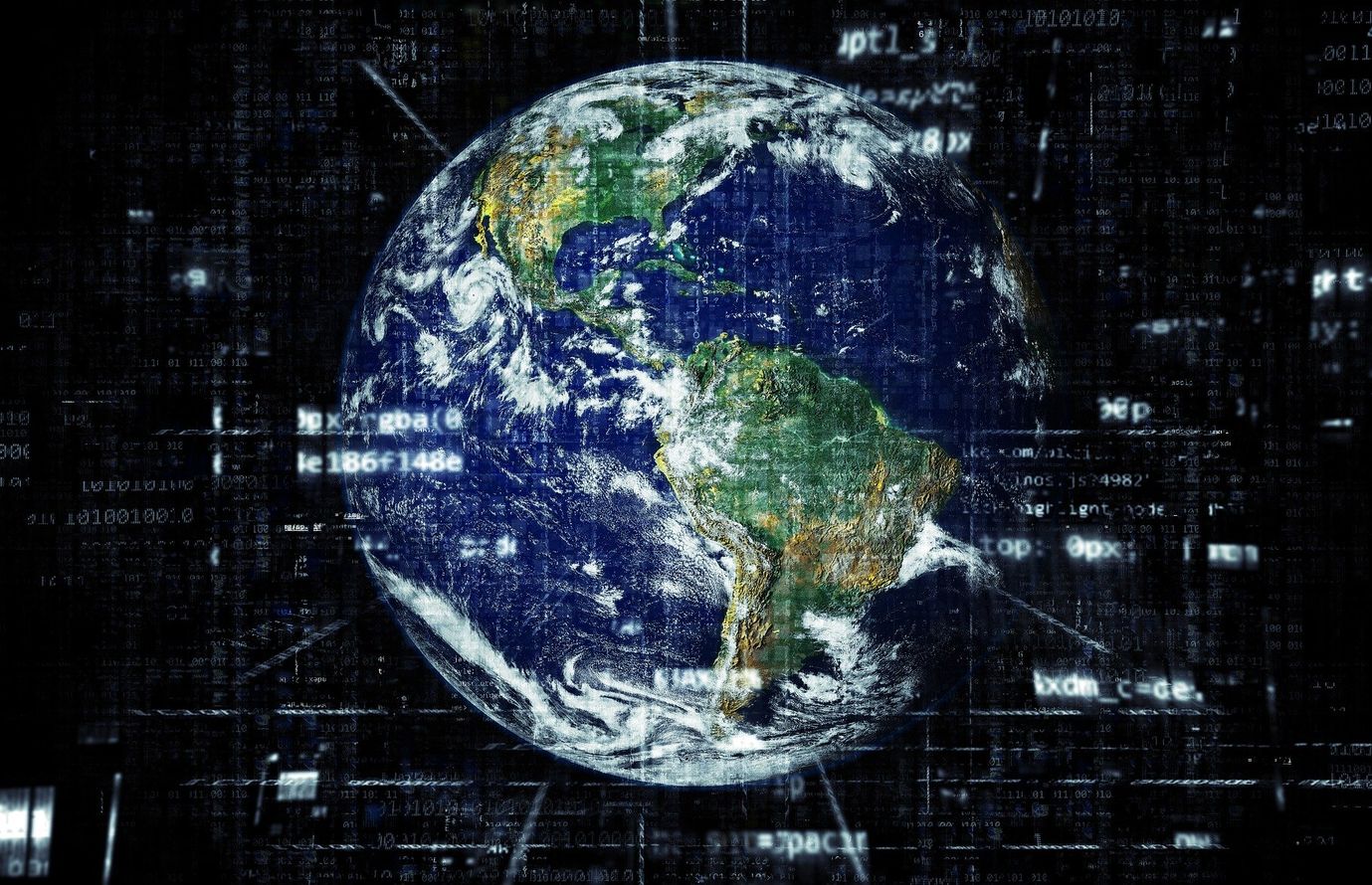
The worrying trajectory of energy consumption by digital technology
Digital, Energy, Energy & environment, In the NewsFabrice Flipo, Institut Mines-Télécom Business School
[divider style="normal" top="20" bottom="20"]
[dropcap]I[/dropcap]n November, the General Council for the Economy, Industry, Energy and Technology (CGEIET) published a report on…
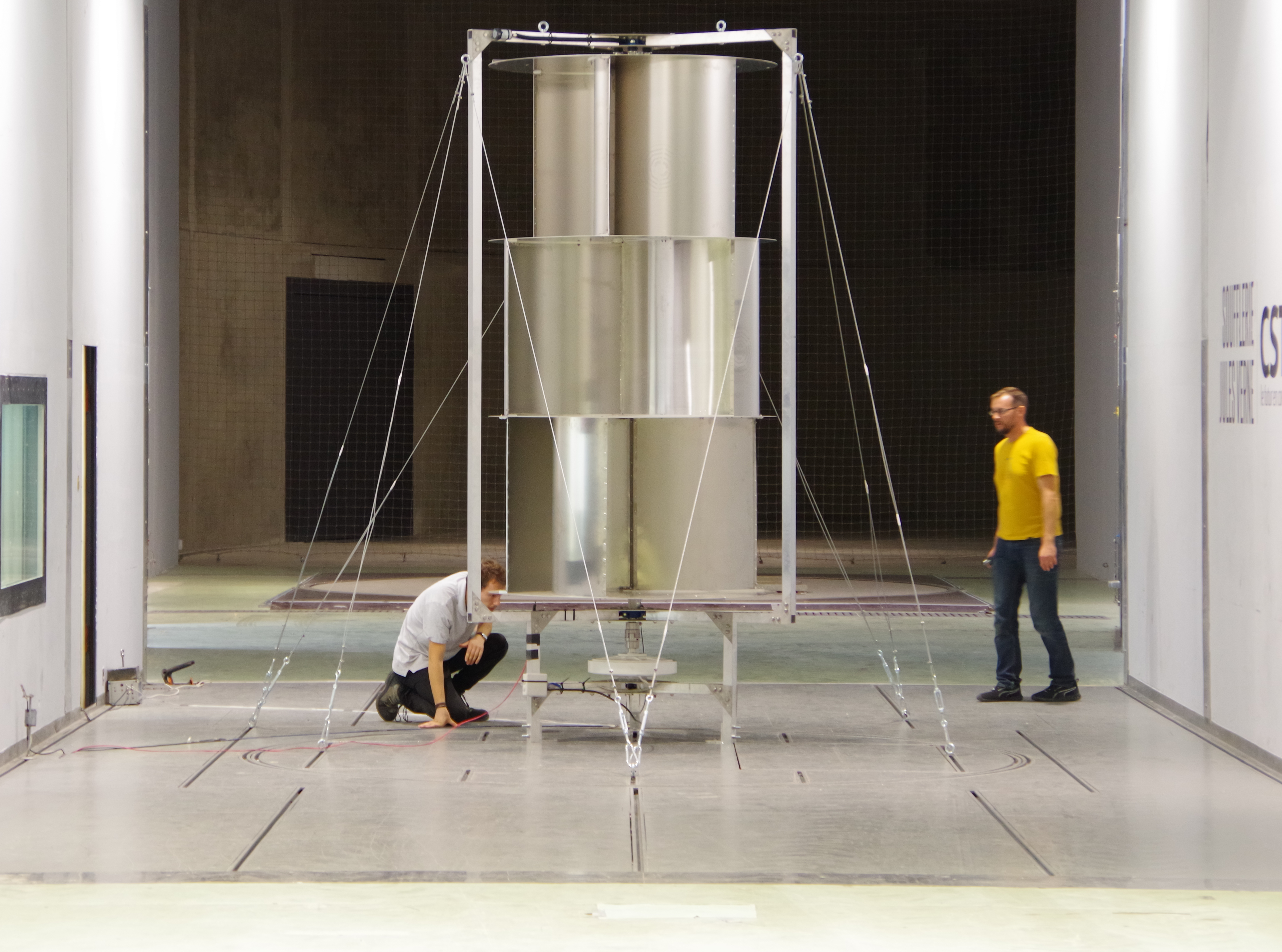
Unéole on our roofs
Energy, Energy & environment, In the News, Start-up-enWe know how to use wind to produce electricity, but large three-bladed turbines do not have their place in urban environments. The start-up Unéole has therefore developed a wind turbine that is suitable for cities, as well as other environments.…
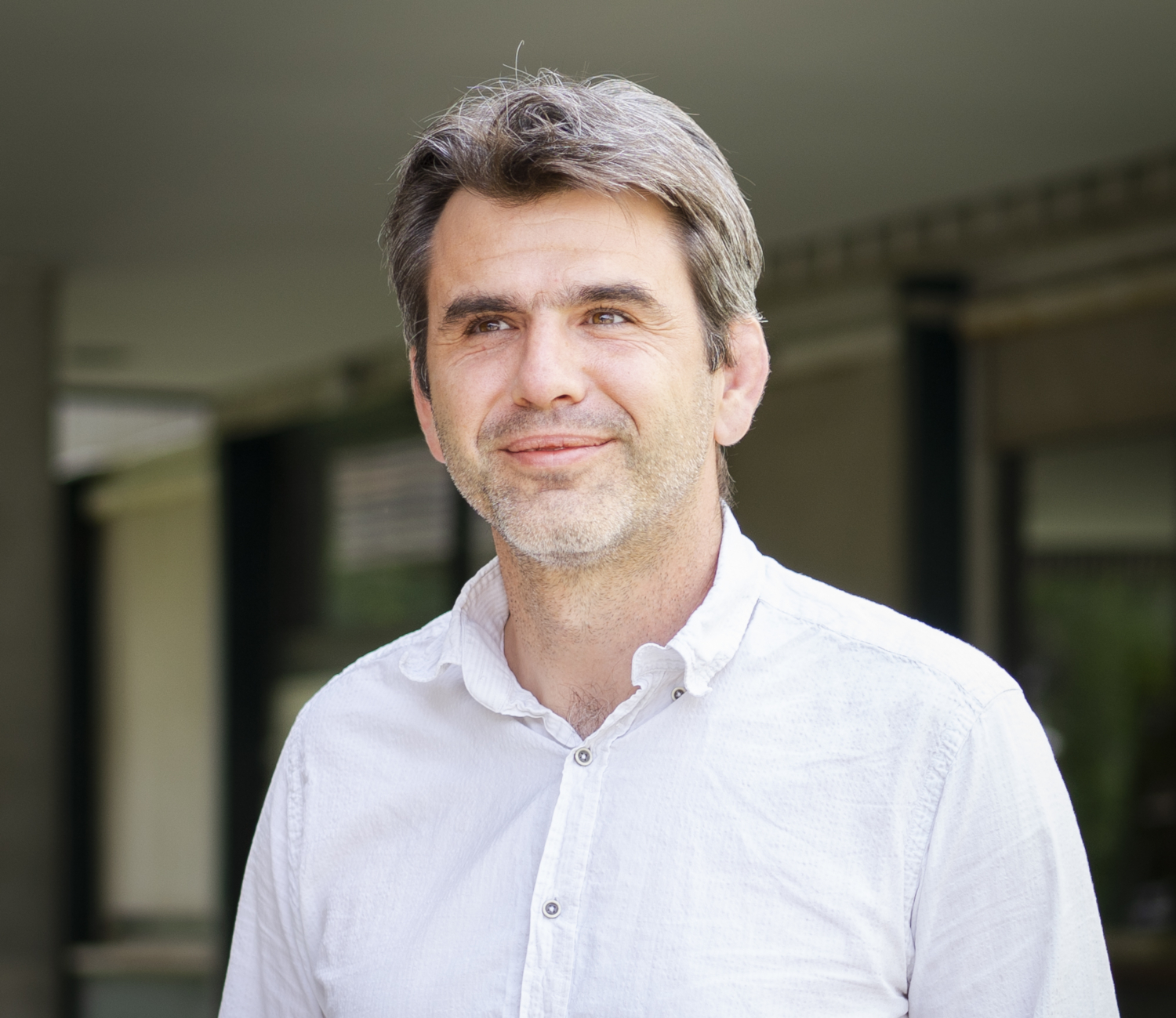
Guillaume Balarac, turbulence simulator
Digital, Energy, Energy & environment, In the News, UncategorizedTurbulence is a mysterious phenomenon in fluid mechanics. Although it has been observed and studied for centuries, it still holds secrets that physicists and mathematicians strive to unlock. Guillaume Balarac is part of this research community.…
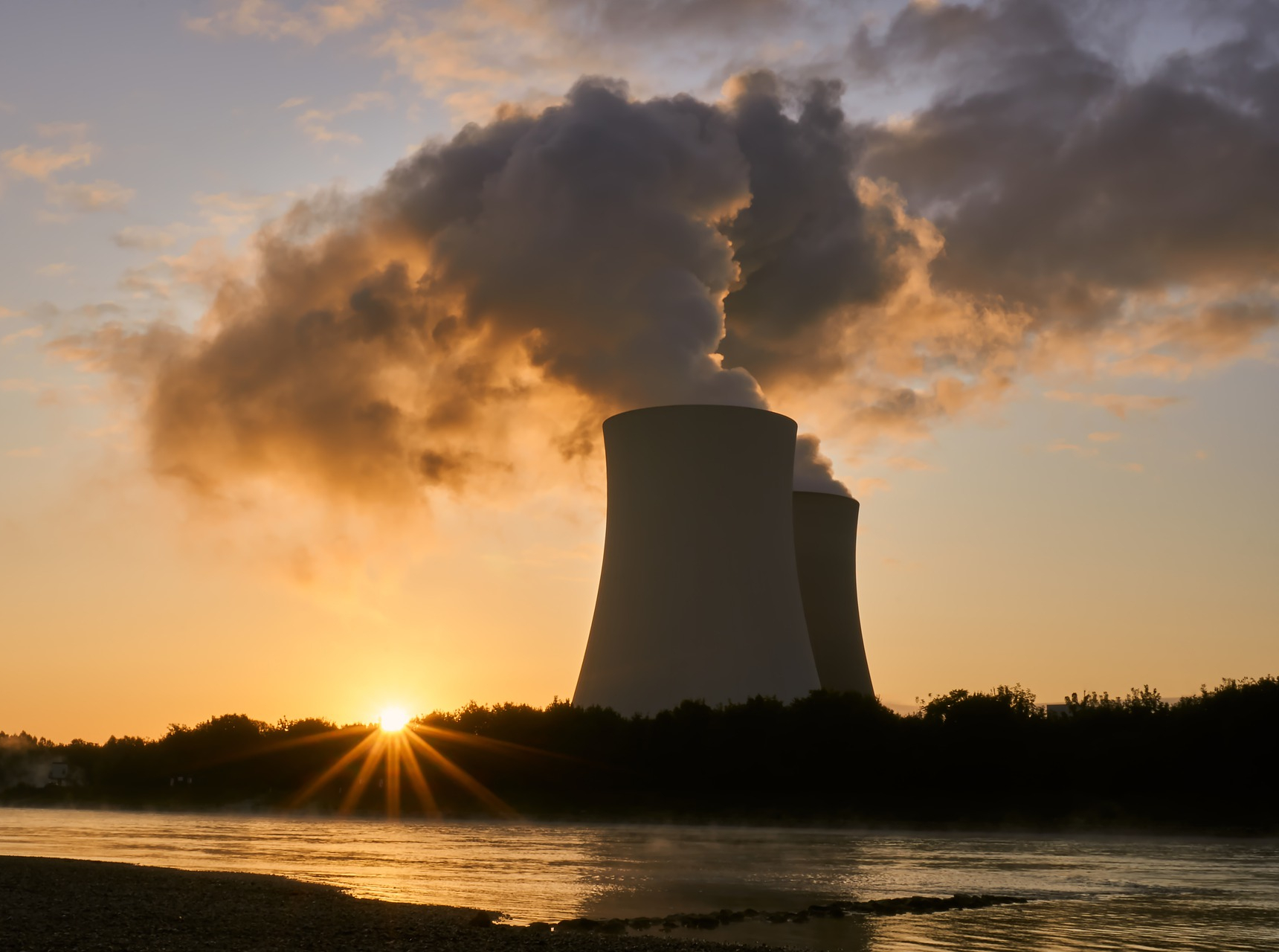
Fukushima: 8 years on, what has changed in France?
Energy, Energy & environment, In the News, SocietyFukushima was the most devastating nuclear disaster since Chernobyl. The 1986 disaster led to radical changes in international nuclear governance, but has the Japanese catastrophe had the same effect? This is what the AGORAS project is trying…
